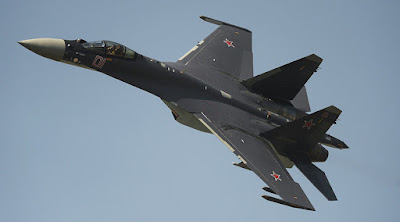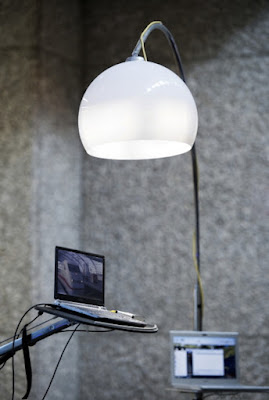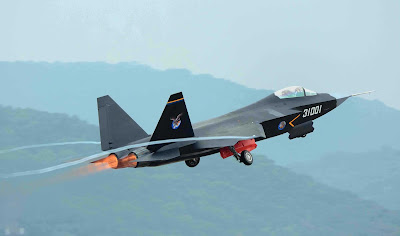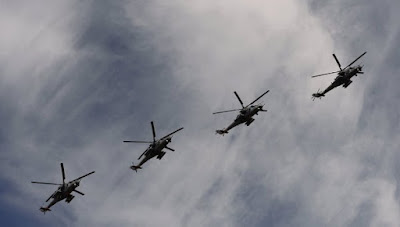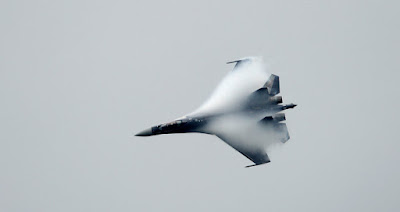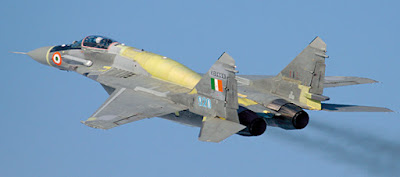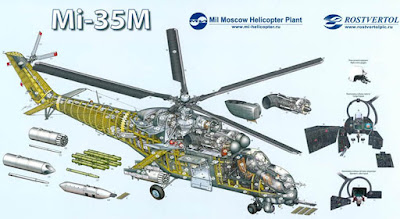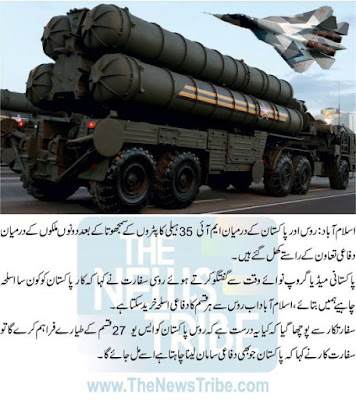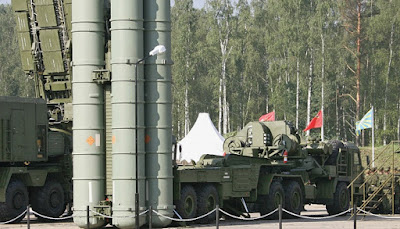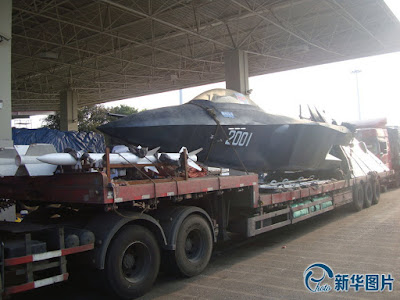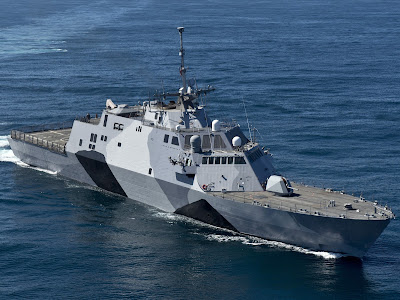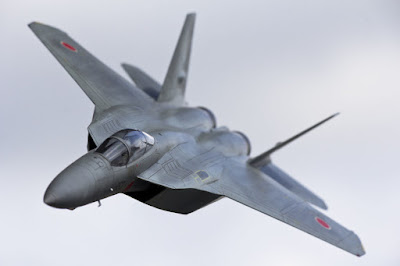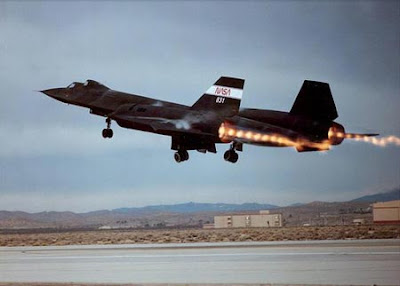Sri Lankan Government is facing mounting pressure from its powerful neighbour India over a defence deal Sri Lanka is to enter into with Pakistan. According to highly placed sources in the diplomatic circles, India has expressed its strong opposition to a deal the SL Government entered into with the Pakistan Air Force (PAF) to purchase 10 JF-17 combat aircraft.
The deal was entered into apparently when former Air Force Commander Jayalath Weerakkody was serving as the Sri Lankan High Commissioner in Pakistan.
It is a lightweight, single-engine, multi-role combat aircraft developed jointly by the Pakistan Aeronautical Complex (PAC) and the Chengdu Aircraft Corporation (CAC) of China. The JF-17 can be used for aerial reconnaissance, ground attack and aircraft interception. Its designation 'JF-17' by Pakistan is short for 'Joint Fighter-17'
The JF-17 was primarily developed to meet the PAF's requirement for an affordable, modern, multi-role combat aircraft as a replacement for its large fleet of Dassault Mirage III/5 fighters, Nanchang A-5 bombers, and Chengdu F-7 interceptors, with a cost of US$ 500 million, divided equally between China and Pakistan. The aircraft was also intended to have export potential as a cost-effective and competitive alternative to more expensive Western fighters. The development of this aircraft was headed by Yang Wei (aircraft designer), who is considered China's 'ace designer'. Wei also designed the Chengdu J-20.
By 1989, because of economic sanctions by the US, Pakistan had abandoned Project Sabre II, a design study involving US aircraft manufacturer Grumman and China, and had decided to redesign and upgrade the Chengdu F-7. In the same year, China and Grumman started a new design study to develop the Super 7, another redesigned Chengdu F-7. Grumman left the project when sanctions were placed on China following the political fallout from the 1989 Tiananmen Square protests. After Grumman left the Chengdu Super 7 project, the Fighter China project was launched in 1991. In 1995, Pakistan and China signed a memorandum of understanding (MoU) for joint design and development of a new fighter and over the next few years worked out the project details. In June 1995, Mikoyan had joined the project to provide 'design support', this also involved the secondment of several engineers by CAC. (Source-Wikipedia)
According to sources, Indian National Security Adviser Ajit Doval had personally expressed India's concerns on the deal to President Maithripala Sirisena and Prime Minister Ranil Wickremesinghe.
Doval who telephoned both President Sirisena and Prime Minister Wickremesinghe had told them outright that New Delhi is against the deal.
He warned that Sri Lanka will have to face serious repercussions if Sri Lanka was to seal the deal with Pakistan.
Sri Lanka on the other hand had offered to purchase three naval ships from India. This, however, was not favoured by India and New Delhi was firm on its stance.
To give in, Sri Lankan Defence Ministry had asked for 10 JF-17 aircraft or a similar craft. India came up with a counter deal where it offered a credit line to SL Government to purchase combat aircraft. The condition is that the government could buy the aircraft from any country other than Pakistan.
The deal was entered into apparently when former Air Force Commander Jayalath Weerakkody was serving as the Sri Lankan High Commissioner in Pakistan.
It is a lightweight, single-engine, multi-role combat aircraft developed jointly by the Pakistan Aeronautical Complex (PAC) and the Chengdu Aircraft Corporation (CAC) of China. The JF-17 can be used for aerial reconnaissance, ground attack and aircraft interception. Its designation 'JF-17' by Pakistan is short for 'Joint Fighter-17'
The JF-17 was primarily developed to meet the PAF's requirement for an affordable, modern, multi-role combat aircraft as a replacement for its large fleet of Dassault Mirage III/5 fighters, Nanchang A-5 bombers, and Chengdu F-7 interceptors, with a cost of US$ 500 million, divided equally between China and Pakistan. The aircraft was also intended to have export potential as a cost-effective and competitive alternative to more expensive Western fighters. The development of this aircraft was headed by Yang Wei (aircraft designer), who is considered China's 'ace designer'. Wei also designed the Chengdu J-20.
By 1989, because of economic sanctions by the US, Pakistan had abandoned Project Sabre II, a design study involving US aircraft manufacturer Grumman and China, and had decided to redesign and upgrade the Chengdu F-7. In the same year, China and Grumman started a new design study to develop the Super 7, another redesigned Chengdu F-7. Grumman left the project when sanctions were placed on China following the political fallout from the 1989 Tiananmen Square protests. After Grumman left the Chengdu Super 7 project, the Fighter China project was launched in 1991. In 1995, Pakistan and China signed a memorandum of understanding (MoU) for joint design and development of a new fighter and over the next few years worked out the project details. In June 1995, Mikoyan had joined the project to provide 'design support', this also involved the secondment of several engineers by CAC. (Source-Wikipedia)
According to sources, Indian National Security Adviser Ajit Doval had personally expressed India's concerns on the deal to President Maithripala Sirisena and Prime Minister Ranil Wickremesinghe.
Doval who telephoned both President Sirisena and Prime Minister Wickremesinghe had told them outright that New Delhi is against the deal.
He warned that Sri Lanka will have to face serious repercussions if Sri Lanka was to seal the deal with Pakistan.
Sri Lanka on the other hand had offered to purchase three naval ships from India. This, however, was not favoured by India and New Delhi was firm on its stance.
To give in, Sri Lankan Defence Ministry had asked for 10 JF-17 aircraft or a similar craft. India came up with a counter deal where it offered a credit line to SL Government to purchase combat aircraft. The condition is that the government could buy the aircraft from any country other than Pakistan.
